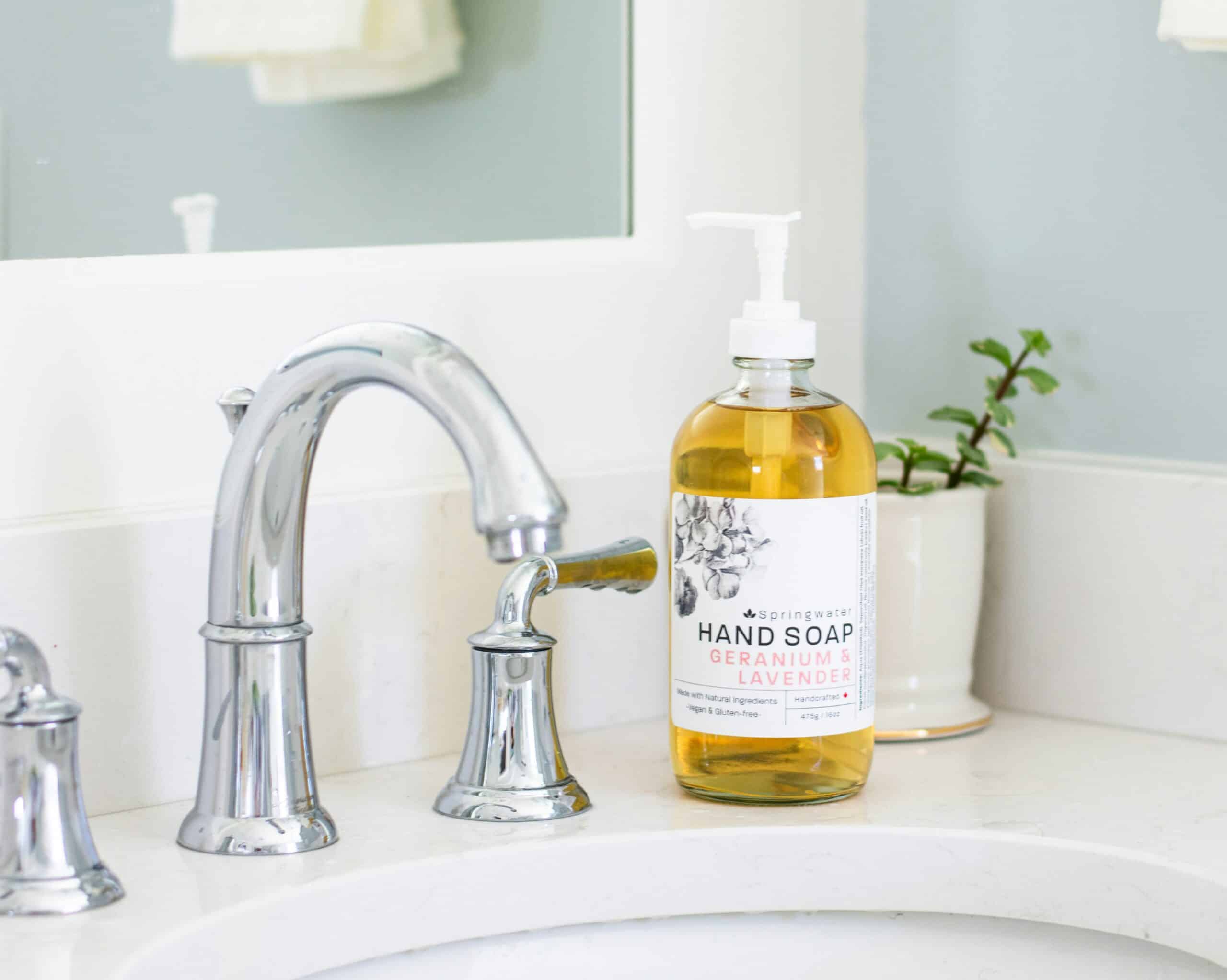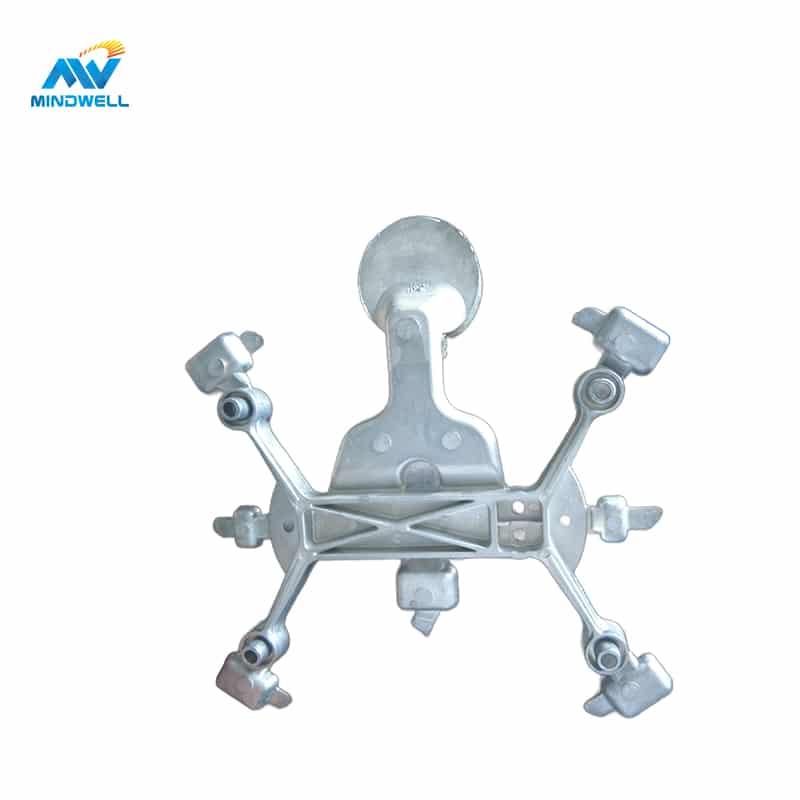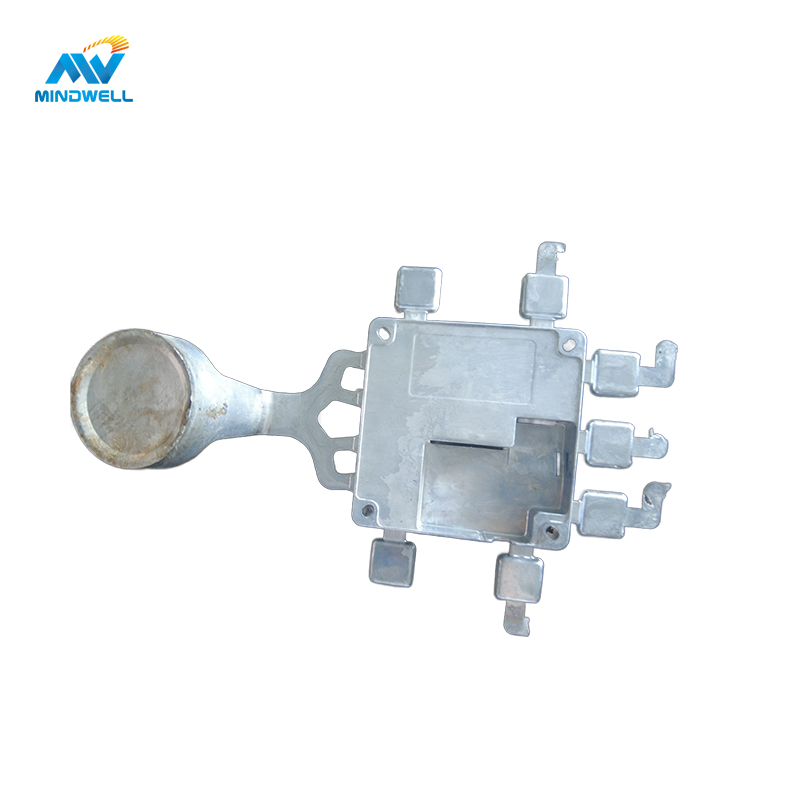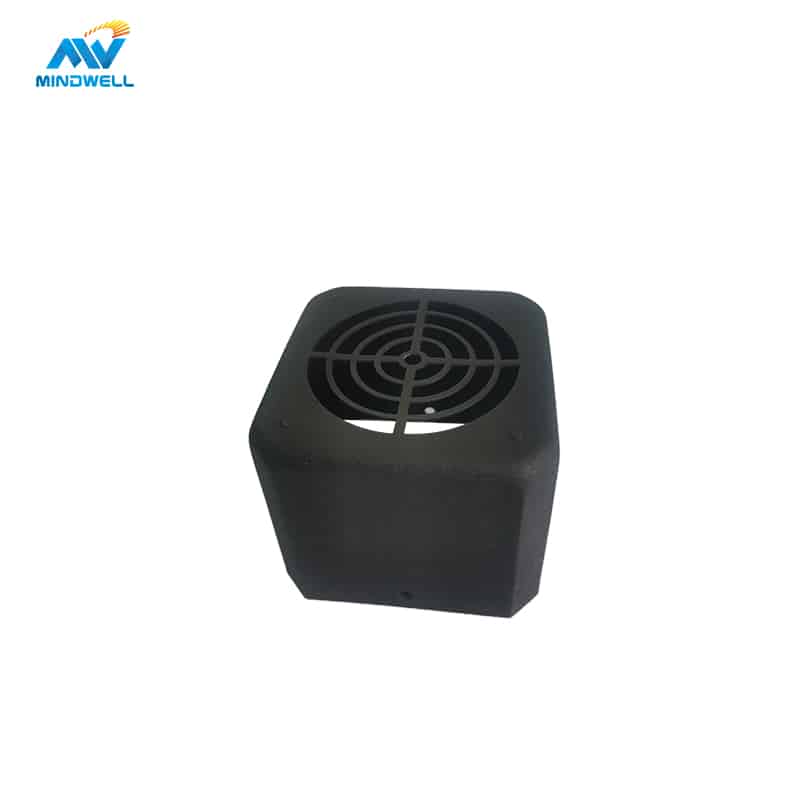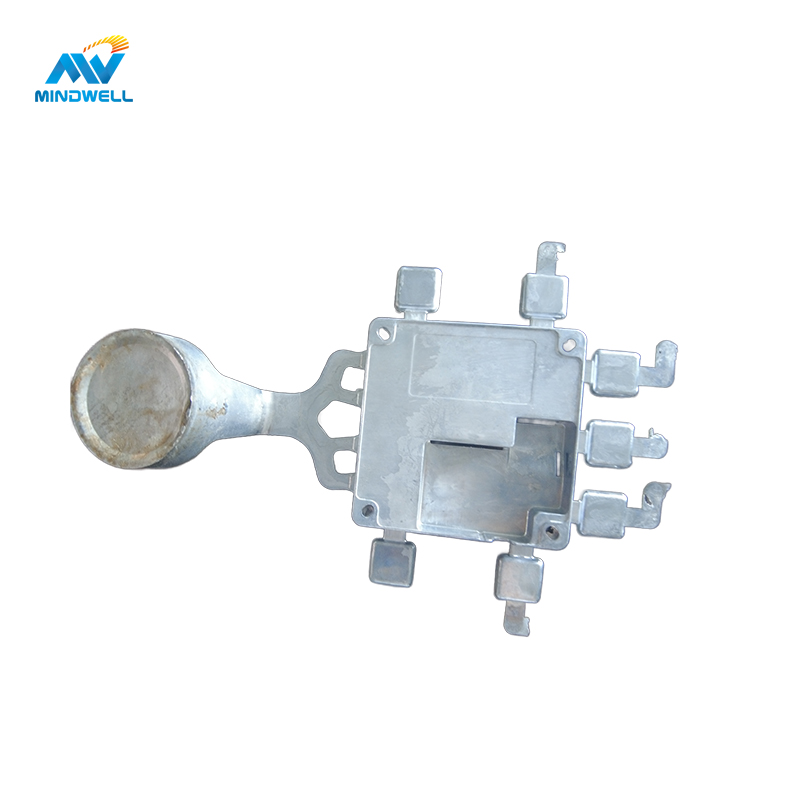Zinc die casting is a method of casting liquid molds. The zinc die-casting die forging process is a process completed on a dedicated die-casting mold machine. The basic process of zinc die-casting is: the molten metal is first cast at low speed or high speed and filled into the mold cavity. The mold has a movable cavity surface. It is pressurized and forged along with the cooling process of the molten metal, which not only eliminates the shrinkage and shrinkage defects of the wool, but also makes the internal structure of the wool reach normal broken grains, and the overall mechanical properties of the wool are significantly improved.
Die casting material: zinc alloy
Zinc alloy is an alloy composed of zinc as the base and other elements added. Commonly added alloying elements include aluminum, copper, magnesium, cadmium, lead, titanium and other low-temperature zinc alloys.The density of zinc alloy is 6.3~6.7g/cm, the tensile strength σb is 280~440MPa, and the melting point is low. It melts at 385°C and is easy to die-cast. Zinc alloy has a large specific gravity and the best fluidity. It has good casting performance and can die-cast precision parts with complex shapes and thin walls. The surface of the castings is smooth. Among the products I designed, the thinnest wall thickness of zinc alloy die-casting parts is only 0.4mm.
Die cast zinc material properties
- Specific gravity;
- Good casting performance, it can die-cast precision parts with complex shapes and thin walls, and the surface of the castings is smooth;
- Surface treatment can be carried out: electroplating, spraying, spray painting, electrophoresis, polishing, water transfer printing, etc.;
- It does not attract iron during melting and die-casting, does not corrode the mold, and does not stick to the mold;
- It has good mechanical properties and wear resistance at room temperature;
- Low melting point, melts at 385℃, easy to die-cast.
Zinc alloy die casting experience sharing
- Poor corrosion resistance. When the impurity elements lead, cadmium, and tin in the alloy composition exceed the standards, the castings will age and deform, which will be manifested as volume expansion, mechanical properties, especially plasticity, will decrease significantly, and even break after a long time. The solubility of lead, tin, and cadmium in zinc alloys is very small, so they are concentrated at the grain boundaries and become the cathode. The aluminum-rich solid solution becomes the anode, which promotes intergranular electrochemical corrosion in the presence of water vapor (electrolyte). Die castings age due to intergranular corrosion.
- Timeliness effect. The structure of zinc alloy is mainly composed of a zinc-rich solid solution containing Al and Cu and an Al-rich solid solution containing Zn. Their solubility decreases as the temperature decreases. However, due to the extremely fast solidification speed of die castings, the solubility of the solid solution is greatly saturated by room temperature. After a certain period of time, this supersaturation phenomenon will gradually disappear, causing the shape and size of the casting to change slightly.
- Zinc alloy die castings are not suitable for use in high and low temperature (below 0°C) working environments. Zinc alloy has better mechanical properties at room temperature. However, both the tensile strength at high temperatures and the impact properties at low temperatures decrease significantly.
Types of zinc alloys
At present, there are two major categories of standard series used for castings in the world, one is ZAMAK alloy and the other is ZA series alloy. The ZAMAK alloys used are ZAMAK 2, ZAMAK 3, ZAMAK5 and ZAMAK 7. (For simplicity, the above alloys are collectively referred to as No. 2, No. 3, No. 5 and No. 7 alloys). The ZA series includes ZA-8, ZA-12, ZA-27 and ZA-35. ZA-8 is mainly used for hot chamber die casting, while ZA-12 and ZA-27 can only be used for cold chamber die casting due to their special melting requirements. ZA-35 is generally used for gravity castings. The development of ZAMAK alloy precedes that of ZA series alloys and is mainly used for pressure casting. The most widely used is zinc alloy No. 3.
- Zamak 3: Good flow and mechanical properties. It is used in castings that do not require high mechanical strength, such as toys, lamps, decorations, and some electrical devices.
- Zamak 5: Good flow and good mechanical properties. It is used in castings that require certain mechanical strength, such as auto parts, electromechanical parts, mechanical parts, and electrical components.
- Zamak 2: Used for mechanical parts with special requirements on mechanical properties, high hardness requirements, and average dimensional accuracy requirements.
- ZA8: Good flow and dimensional stability, but poor flow. It is used for die-casting workpieces with small size, high precision and mechanical strength requirements, such as electrical components.
- Superloy: has the best fluidity and is suitable for die-casting thin-walled, large-sized, high-precision, and complex-shaped workpieces, such as electrical components and their casings.
- Different zinc alloys have different physical and mechanical properties, which provide options for die casting design.
Zinc alloy selection
Which zinc alloy to choose depends on three main aspects:
- The purpose of the die casting itself needs to meet performance requirements.
(1) Mechanical properties, tensile strength, is the maximum resistance of the material when it breaks; elongation is a measure of the brittleness and plasticity of the material; hardness is the resistance of the material surface to plastic deformation caused by the intrusion of hard objects or friction. .
(2) Working environment conditions: working temperature, humidity, media in contact with the workpiece and air tightness requirements.
(3) Accuracy requirements: achievable accuracy and dimensional stability.
- Good process performance
(1) Casting technology (2) Mechanical processing technology (3) Surface treatment technology
- Good economy
The cost of raw materials and the requirements for production equipment (including melting equipment, die-casting machines, molds, etc.), as well as production costs. Zinc alloy composition controls the role of each element in the alloy. Among the alloy compositions, effective alloying elements: aluminum, copper, magnesium; harmful impurity elements: lead, cadmium, tin, iron.
(1) Function of aluminum
A. Improve the casting properties of the alloy, increase the fluidity of the alloy, refine the grains, cause solid solution strengthening, and improve mechanical properties.
B. Reduce zinc’s ability to react to iron and reduce corrosion of iron materials, such as goosenecks, molds, and crucibles. The aluminum content is controlled at 3.8 ~ 4.3%. Mainly considering the required strength and fluidity, good fluidity is a necessary condition for obtaining a complete, accurately sized and smooth surface casting.
(2) Copper effect
A. Increase the hardness and strength of the alloy;
B. Improve the wear resistance of the alloy;
C. Reduce intergranular corrosion.
D. When the copper content exceeds 1.25%, the size and mechanical strength of the die-casting parts will change due to failure; the ductility of the alloy will be reduced.
(3) The role of magnesium
A. Reduce intergranular corrosion
B. Refine the alloy structure, thereby increasing the strength of the alloy
C. Improve the wear resistance of the alloy
D. Disadvantage: When the magnesium content is > 0.08%, it will cause thermal brittleness, reduced toughness, and reduced fluidity; it is prone to oxidation loss in the molten state of the alloy.
(4) Impurity elements
Lead, cadmium, and tin make zinc alloys very sensitive to intergranular corrosion. They accelerate their own intergranular corrosion in warm and humid environments, reduce mechanical properties, and cause dimensional changes in castings. When the content of impurity elements lead and cadmium in zinc alloy is too high and the workpiece is just die-cast, the surface quality is normal. However, after being stored at room temperature for a period of time (eight weeks to several months), bubbling appears on the surface.
(5) Impurity element iron
A. Iron reacts with aluminum to form Al5Fe2 intermetallic compounds, causing the loss of aluminum elements and forming dross.
B. Form hard spots in die castings, affecting post-processing and polishing.
C. Increase the brittleness of the alloy. The solubility of iron in the zinc liquid increases with the increase of temperature. Every change in the temperature of the zinc liquid in the furnace will cause the iron element to be supersaturated (when the temperature drops) or unsaturated (when the temperature rises). When the iron element is supersaturated, the supersaturated iron will react with the aluminum in the alloy, resulting in an increased amount of dross. When the iron element is not saturated, the corrosion of the zinc pot and gooseneck materials by the alloy will be enhanced to return to the saturated state. A common result of both temperature changes is the eventual consumption of aluminum elements and the formation of more scum.
Issues that need attention in zinc alloy production
- Controlling alloy composition starts with purchasing alloy ingots. Alloy ingots must be based on ultra-high purity zinc, plus ultra-high purity aluminum, magnesium and copper. The supplier has strict composition standards. High-quality zinc alloy materials are the guarantee for producing high-quality castings.
- The purchased alloy ingots must be stored in a clean and dry storage area to avoid white rust due to long-term exposure to moisture, or contamination by factory dirt, which will increase the production of slag and increase metal loss. A clean factory environment is very effective for effective control of alloy composition.
- The proportion of new materials and recycled materials such as nozzle should not exceed 50%. Generally, new materials: old materials =70:30. The aluminum and magnesium gradually decrease in successive remelts of the alloy.
- When the nozzle material is remelted, the remelting temperature must be strictly controlled not to exceed 430°C to avoid the loss of aluminum and magnesium.
- Die-casting plants that have the conditions are best to use centralized melting furnaces to melt zinc alloys so that the alloy ingots and recycled materials are evenly matched. The flux can be used more effectively to keep the alloy composition and temperature uniform and stable. Electroplating scrap and fine chips should be melted in separate furnaces.

Zinc die casting process
Zinc die-casting is a common metal processing process that uses high pressure to inject molten zinc liquid into a mold, and then cools and solidifies to form the required parts or products. Zinc die-casting process has the advantages of high efficiency, high precision and low cost, so it is widely used in industrial production
The following issues need to be considered when formulating zinc alloy die-casting processes
① Whether the molten metal can flow cleanly and smoothly in the pouring system without separation and eddy currents.
②Is there any sharp corner area or dead area?
③Whether the cross-sectional area of the pouring system changes.
④Are the exhaust grooves and overflow grooves in the correct position? Is it big enough? Will it be blocked? Can the gas be discharged effectively and smoothly? Computer simulation of the filling process is used to analyze the above phenomena and make judgments to select reasonable process parameters.Analysis of gases produced by coatings
①Coating performance: If the gas generation is large, it will have a direct impact on the porosity of zinc alloy die-casting parts.
②Spraying process: Excessive use will result in large amounts of gas volatilization, too much lubricant in the punch, or it will be burnt, which are all sources of gas.
③How to solve the pores in zinc alloy die castings: first analyze what causes the pores, and then take corresponding measures.
(1) Dry and clean alloy materials.
(2) Control the melting temperature to avoid overheating and perform degassing.
(3) Reasonable selection of die-casting process parameters, especially injection speed. Adjust high-speed switching starting point.
(4) Sequential filling is conducive to the discharge of cavity gas. The sprue and runner have sufficient length (>50mm) to facilitate the smooth flow of the alloy liquid and the opportunity for gas to be discharged. The thickness and direction of the gate can be changed, and overflow grooves and exhaust grooves can be installed at the locations where the air holes are formed. The total cross-sectional area of overflow products cannot be less than 60% of the total cross-sectional area of the inner gate, otherwise the slag discharge effect will be poor.
(5) Select coatings with good performance and control the spraying amount.
How to measure the furnace temperature?
①The optimal melting temperature of zinc alloy die-casting: The melting point of zinc alloy for die-casting is 382 ~ 386°C. Suitable temperature control is an important factor in controlling the composition of zinc alloy. In order to ensure good fluidity of the alloy liquid filling the mold cavity, the temperature of the molten metal in the zinc pot of the die-casting machine is 415 ~ 430°C. The upper limit of the die-casting temperature for thin-walled parts and complex parts can be set; the upper limit of the die-casting temperature for thick-walled parts and simple parts can be set. The temperature of the molten metal in the central smelting furnace is 430 ~ 450°C. The temperature of the molten metal entering the gooseneck is basically the same as that in the zinc pot. The pouring temperature can be accurately controlled by controlling the temperature of the molten metal in the zinc pot.
②(When the melting temperature is too high)
The reaction between the iron crucible and the zinc liquid is accelerated. The oxidation reaction of iron occurs on the surface of the crucible to produce oxides such as Fe2O3. The iron element also reacts with the zinc liquid to form FeZn13 compound (zinc slag), which is dissolved in the zinc liquid. Aluminum and magnesium elements are burned, the metal oxidation speed is accelerated, the amount of burning loss is increased, and zinc slag is increased. Thermal expansion will cause the hammer head to get stuck. More iron elements are melted into the alloy in the cast iron crucible, and the reaction between zinc and iron is accelerated at high temperatures. Hard particles of iron-aluminum intermetallic compounds will be formed, causing excessive wear of the hammer head and gooseneck. More iron elements are melted into the alloy in the cast iron crucible, and the reaction between zinc and iron is accelerated at high temperatures. Hard particles of iron-aluminum intermetallic compounds will form, causing excessive wear of the hammer head and gooseneck. Fuel consumption increases accordingly. The higher the temperature, the coarser the crystallization of the casting will be, which will reduce the mechanical properties.
③(When the melting temperature is too low)
The poor fluidity of the alloy is not conducive to forming and affects the surface quality of die castings.
④(How to keep the temperature stable)
Today’s die-casting machine melting pots or furnaces are equipped with temperature measurement and control systems. Regular inspections are performed to ensure the accuracy of the temperature measurement instruments. The actual temperature of the furnace is measured regularly with a portable thermometer (thermometer) and corrected. Experienced die-casters will observe the melt with the naked eye. If the melt is not too viscous after scraping the slag.
How to solve the problem of poor corrosion resistance of zinc alloy die castings
The problem of poor corrosion resistance of zinc alloy die castings can be solved by the following methods:
- material selection . Choose zinc alloy materials with better corrosion resistance.
- Surface treatment. A protective layer with good corrosion resistance is formed on the zinc alloy surface, thereby extending the service life of zinc alloy die castings.
- Structural design. It is necessary to have a basic knowledge and understanding of die-casting machines, die-casting processes, and die-casting molds in order to achieve design rationality, craftsmanship, manufacturability, and economy.
Why do die castings use zinc?
The reasons why zinc is used in die castings are as follows:
- Zinc has good mobility. During the die-casting process, zinc has good fluidity and can form a clear and smooth surface. The size of the casting is stable and there are no defects such as pores, blisters, cracks and shrinkage cavities2.
- Zinc has high compressive strength and plasticity. Zinc alloy has good compressive strength and plasticity, is conducive to die-casting, and can withstand friction, wear and corrosion.
- Zinc costs less. The price of zinc alloy is relatively low, which can reduce production costs.
- Zinc has good thermal and electrical conductivity. Zinc alloy has good thermal and electrical conductivity and can meet the needs of some specific application scenarios.
How to improve the durability of zinc alloy die-casting molds?
How to improve the durability of zinc alloy die-casting mold? Here are five helpful ways to improve the durability of your zinc alloy die-casting mold:
- Carry out standardized testing and excellent planning
Standardized inspection and excellent planning are the main methods to improve mold life.
- Choose high-quality mold steel
Higher quality materials create more durable die castings. In order to save money, some manufacturers choose inferior materials, which is not worth it.
- Implement appropriate heat treatment
Along with standardized inspection and excellent planning, appropriate heat treatment will also greatly improve mold life.
- Reasonably arrange the die-casting process
The die-casting process includes the generation process. Only by properly arranging the generation process and maintaining the mold regularly can the benefits of the mold be fully utilized.
- Choose the right die casting machine
Die casting machines of sufficient tonnage must be used for production. If the injection force is insufficient, defects such as lack of material and blisters may easily occur. In the processing of zinc alloy die-casting molds, this necessary investment should not be omitted.
Surface treatment of zinc alloy castings
- Electroplating: The common electroplating process for zinc alloy castings is to plate nickel on the copper base layer and then treat it with chromium. Zinc alloy castings can also be directly chromium plated. Direct chromium plating can improve the hardness and wear resistance of the castings, reduce the friction factor and improve corrosion resistance.
- Painting: Zinc alloy can be coated with various paints. Workpieces are usually treated with phosphate or chromate solutions before painting.
- Metal spraying: The metal spraying method is to apply a thin metal film on the surface of the processed parts under high vacuum. Metal spraying can simulate the appearance of copper, silver, brass, gold, etc. This process is mostly used for die castings.
- Anodizing treatment. The anodizing treatment of zinc alloy castings is carried out in an anodizing solution and at a voltage not exceeding 200V. Anodizing oxidation treatment can effectively improve the corrosion resistance of zinc alloy.
The importance of electroplating in the zinc alloy die-casting industry
Electroplating plays an important role in the surface treatment of zinc alloy die castings, accounting for about 60% of the total electroplating. The cyanide zinc plating process is developing from high cyanide to medium and low cyanide, and the cyanide-free electroplating process is also gradually maturing. .
With the development of science, technology and modern industry, protective coatings
The quality requirements are getting higher and higher, and the traditional electroplated zinc layer can no longer fully meet the requirements. The research and application of electroplated aluminum alloy processing parts are becoming more and more extensive. Currently, the most widely used are binary alloys formed by zinc and iron group metals, namely zinc-nickel, zinc-cobalt, and zinc-iron alloys. Zinc alloy coating
Compared with zinc coating, it has higher corrosion resistance and has a good protection/price ratio. Its characteristics are as follows:
- The stable potential of the zinc alloy coating is negative than that of iron. It is an anodic coating and plays an electrochemical role in protecting steel. However, its stable potential is positive than that of zinc, which makes the electromotive force of the microbattery formed by the alloy coating and the steel matrix higher than that of zinc. is small, and its corrosion electromotive force is lower than that of zinc coating. The protective properties of Gu alloy coating are higher than that of zinc;
- Zinc alloy coatings often have micro-cracks, which have a dispersing effect on corrosion current, can effectively protect the steel matrix, and are also conducive to the precipitation of hydrogen permeability;
- Zinc alloy coating contains a small amount of iron group metals
Its existence can effectively inhibit the progress of corrosion reactions and change the crystal structure and properties of alloy coatings. The crystal structures mostly have preferred orientations, and the coating crystallization is fine and smooth. It can also inhibit the progress of corrosion reactions and slow down the corrosion rate. , the corrosion resistance is significantly improved.
Products that can be produced by zinc alloy die casting include:
- Automobile and motorcycle parts. Taking advantage of its lightweight and high-strength characteristics, it meets modern environmental protection and energy efficiency standards.
- Electronic product casing. Take advantage of its high-precision manufacturing and good electromagnetic shielding properties.
- medical instruments . Take advantage of its good wear resistance.
- Artwork. Take advantage of its ability to create complex shapes.
Comparison of zinc alloy and other materials
- Zinc alloy has a larger specific gravity than other metals, allowing products to be made with smaller volumes and greater mass.
- Good casting performance. Zinc alloy has good casting performance and can produce complex-shaped, thin-walled precision parts with smooth casting surfaces.
- low cost . The price of zinc alloy is relatively low, which can lower production costs.
- Good thermal and electrical conductivity. Zinc alloy has good thermal conductivity and electrical conductivity, which can meet the needs of some specific application scenarios.
die cast zinc vs stainless steel
Stainless steel has many advantages. It has good strength and is not easy to rust. However, as a material for making jewelry, stainless steel is not as good as zinc alloy. Not only is the cost high, but it is also difficult to process. Zinc alloy has low cost and is easy to process. It can be easily made into various shapes through die-casting. At present, most of the trinkets and keychains on the domestic market are made of zinc alloy, which is then electroplated into various appearances. It is cheap and good-quality. Very popular with consumers.
The zinc alloy surface layer is easy to damage after being damaged, and the inside is a galvanized pipe. It looks better as a flat window, but stainless steel is more durable. In fact, the key to determining the advantages and disadvantages of zinc alloy and stainless steel is to first clarify the use and then determine the most suitable alloy material.
Zinc alloy and aluminum alloy
- Different melting points: The melting temperature of the two alloys during processing is different. The zinc alloy is more than 400 degrees, and the aluminum alloy needs to be more than 700 degrees.
- Different processing equipment: The processing equipment is different. Although they are all called die-casting machines, they can hardly be standardized.
- Different processing techniques: The processing techniques and parameters are different. The difference in mechanical properties between aluminum alloy and zinc alloy: Zinc alloy hardness is 65-140, tensile strength is 260-440, aluminum alloy hardness is 45-90, tensile strength is 120-290. Overall, zinc alloy has higher hardness and tensile strength than aluminum alloy.
Advantages and disadvantages of zinc alloy and aluminum alloy
- Advantages and disadvantages of zinc alloy:
Advantages: Zinc alloy has low melting point, good fluidity, easy to weld, braze and plastic process, resistant to corrosion in the atmosphere, blind material is easy to reuse and remelt, suitable for die-cast instruments, automobile parts shells, etc.
Disadvantages: The most common defect of zinc alloy die castings is surface blistering.
- Advantages and disadvantages of aluminum alloy:
Advantages: Aluminum alloy has low density, but relatively high strength, close to or exceeding high-quality steel. It has good plasticity and can be processed into various profiles. It has excellent electrical conductivity, thermal conductivity and corrosion resistance. It is widely used in industry and is second in usage. Yu Gang.
Disadvantages: During the production process of aluminum alloys, casting defects such as shrinkage cavities, blisters, pores and slag inclusions are prone to occur.
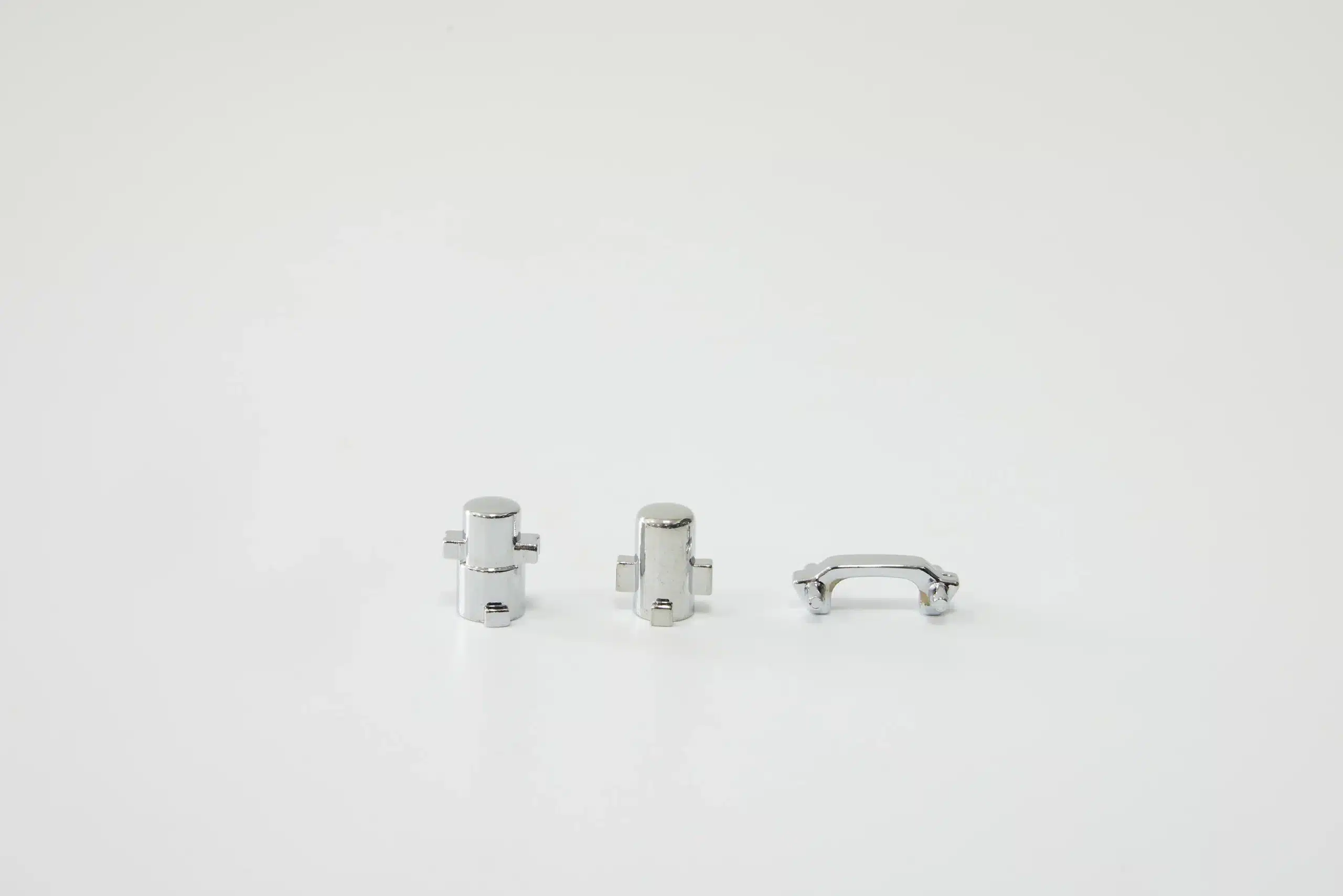
Conclusion
Zinc is a metal that is easy to die-cast. It is very economical to manufacture small parts. It is easy to plate and has good compressive strength and plasticity. It has a long casting life. Zinc die-casting is a kind of zero-elasticity of pressure casting. It is a die-casting machine with a installed casting mold. The die-casting machine pours metals such as zinc and zinc alloy that are heated into liquid form into the inlet of the die-casting machine. The die-casting machine casts parts with shapes and sizes limited by the mold or zinc alloy zero-elasticity parts. Such parts are usually called Zinc die casting.
The product characteristics of zinc alloy die-casting parts are as follows: high specific gravity, weight and texture, stronger than plastic injection molding, good castability, capable of die-casting precise parts with complex shapes and thin walls, and smooth castable surface. Surface treatment available: electroplating, spraying, and spray painting. It does not attract iron during melting and die-casting, does not corrode molds, and does not stick to molds. It has very good mechanical properties and wear resistance at room temperature.

